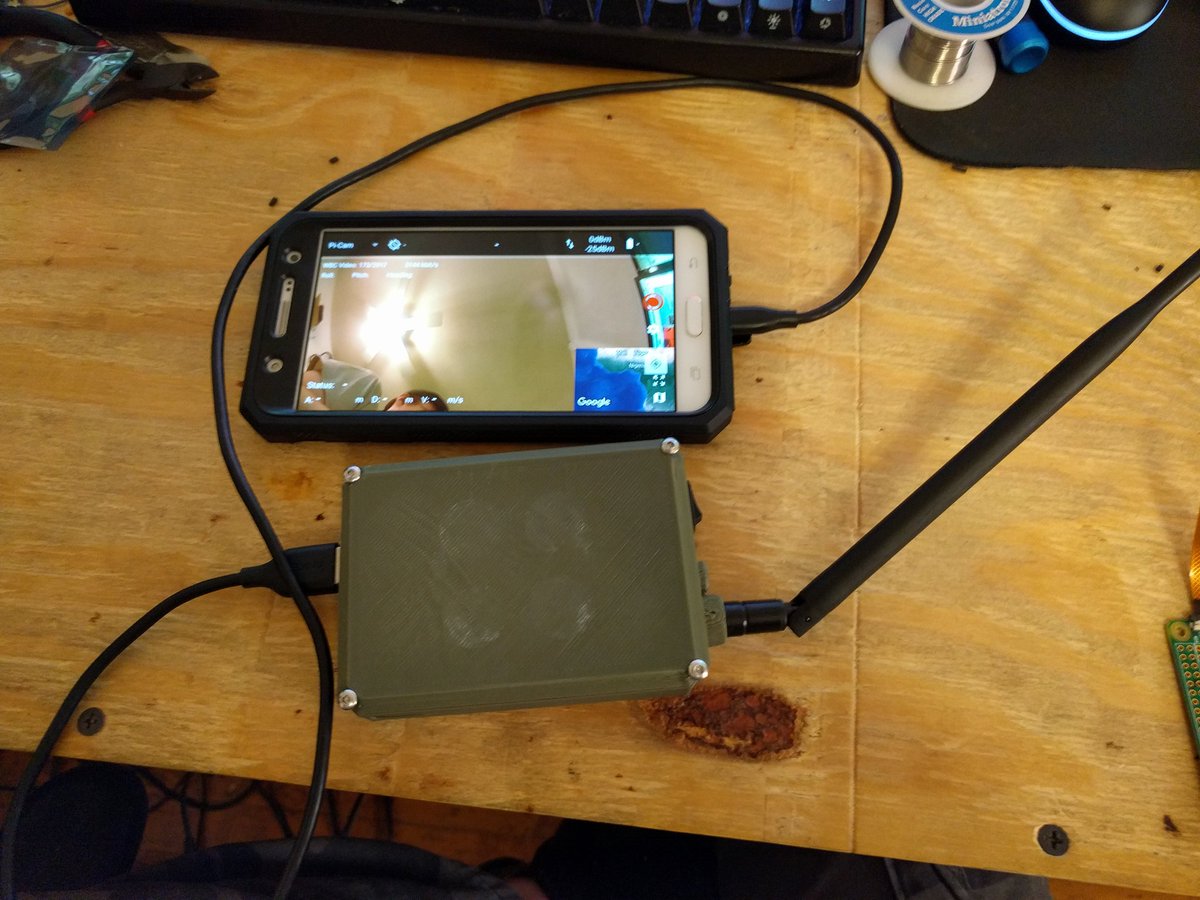Welcome to Glytch.tech! I've owned this domain for a while, and finally am wanting to put it to good use. This site will help consolidate my Twitter rants and document projects. I'm starting with this blog, which will be for general brain dumps and build logs of various projects. Within the next month or so, I intend to staple on a Wiki, with pages for each of my projects, sectioned off to make finding information fast and easy. One of my pet peeves when looking for info, is digging through pages and pages of blog when I'm just interested in the meat. Thats the goal with the wiki, while maintaining the option for those who want to read through the whole build log!
This site is intendted to stay pretty light. Everything is statically generated thanks to Jekyll, and hosted on Github Pages, so should stay pretty fast and have minimal uptime issues. The reason for these choices, while they may not be great aesthetically, is maximum availability. I've lived on slow connections and dealt with large web pages. I'm taking some cues from sites like Hackaday which strip out most of the fluff, and give a very basic and easy to load/read experience, so that everyone has access to the things I post.
I want this site and the info within, to outlive me. Keeping it as light and basic as possible, is the way to do that.
This is just the intro post, be sure to check out my first proper blog post, and the 'About Me' page. I plan to write more this weekend, and continue to write one or two posts a week, documenting various projects I'm working on.
Massive thanks to everyone who has helped me get this far, and those who have pushed me to document my work better. Here's hoping it helps someone, somewhere


 Today I finally got around to getting my WiFi Pineapple Drone, Project Cuckoo, out and flying. This was (is) a fun project
partially inspired by the Ubisoft game, Watch Dogs 2. I say partially, as I’ve always had an interest in combining my hobby of
infosec/messing with wireless security, and my other hobby of UAS/drones.
Today I finally got around to getting my WiFi Pineapple Drone, Project Cuckoo, out and flying. This was (is) a fun project
partially inspired by the Ubisoft game, Watch Dogs 2. I say partially, as I’ve always had an interest in combining my hobby of
infosec/messing with wireless security, and my other hobby of UAS/drones.
